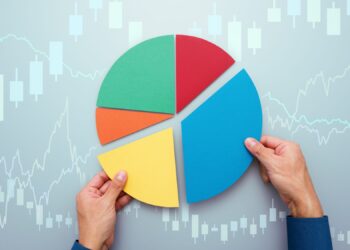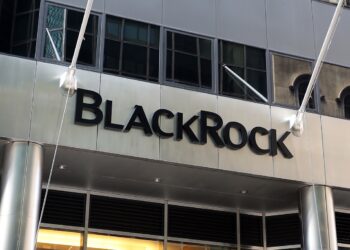The world’s largest European asset manager is seeing record issuance in insurance-linked securities – and record investor demand to match – as pension funds, sovereign wealth funds and endowments seek portfolios that can stay resilient even as natural disasters intensify.
With $5 billion in ILS assets under management, the firm’s director of insurance-linked securities and quantitative research, Chin Liu, said investors are no longer viewing climate risk as a peripheral concern but as a portfolio staple.
“Climate resilient doesn’t mean avoid any climate impact. It means making sure you financially analyse the impact of climate change – and then make sure you are being fully compensated for the risk you are taking,” he told InvestorDaily.
“The motivation is to make sure your portfolio is climate resilient or to make sure you are being cognisant enough for the kind of risk you are taking in your portfolio.”
He argued that cat-bonds offer something traditional markets can’t: returns and liquidity that remain largely untouched by macro shocks.
“I think that’s probably one of the best-selling points of ILS. It is fundamentally uncorrelated with the traditional free market, given its structure,” Liu said.
“From an allocator point of view this is a heaven – this is one of the very few asset classes that not only provides you uncorrelated returns, uncorrelated liquidity but also very attractive total returns over long-term – without looking at total returns, the other features are meaningless.”
Despite heightened public fear, Liu stated the statistical frequency and severity of natural disasters are rising broadly in line with inflation – challenging perceptions of accelerating catastrophic risk.
“I want to urge and encourage our investors to look at fact versus perception. We’re living in a time where we have significant access to information.”
He said previous generations were not exposed to a 24/7 news cycle.
“Now you see information everywhere on your cell phone. That may give you a feeling or a sense that there are more events, there are more dangerous events and losses – but if you look at statistics, the frequency or severity of the events, are really just following inflation,” he told InvestorDaily.
“It’s our job to provide investors a fair education, a scientifically supported education. Most importantly, to understand the financial impact and make sure there’s enough margin left for us. By simply looking at the event, at the loss, sometimes it’s meaningless.”
The current boom in ILS issuance reflects a combination of factors: the growing natural risk from climate change, new sponsors entering the market, and supportive regulatory frameworks encouraging insurers to hedge with alternative capital.
Liu expects this momentum to continue, with catastrophe bonds becoming an increasingly important tool for investors aiming to build portfolios that are both climate-resilient and financially robust.
“We’re seeing local regulators are actually encouraging insurance companies to take hedges from alternative capital,” he said.
He described ILS as a “self-healing” asset class, noting that insurance has been tested over centuries and can quickly recalibrate after losses.
“Insurance is a must-have sector in the economic system – people cannot operate without insurance. After a bad year of losses, the capital providers would have the opportunity to re-evaluate the risk and to charge significantly higher premium very quickly to compensate the loss,” he said.
Liu pointed to the March 2020 market turmoil as a striking example: while traditional markets froze and liquidity vanished, catastrophe bonds continued trading and maintained fair value.
“I often give investors the example during the third week of March 2020, when covid first broke out, the entire financial market was upside down.
“Liquidity dried out from the financial markets almost immediately – you couldn’t really find liquidity anywhere. At that time, the entire market sat in dark – that’s why those securities were still able to be traded, and they were still able to maintain fair value.”
Cat bonds, according to Liu, were one of the safest investments at that time as risk drivers like earthquakes or hurricanes could not be impacted by the pandemic.
“When the entire market dried out, [investors] were looking to sell anything possible they could sell to facilitate the redemption or the liquidity need for the fund.
“We got that firsthand experience about this asset class offering, not just uncorrelated returns to investors, but also uncorrelated liquidity to investors.”
Heading into the new year, Liu expects catastrophe bonds to remain largely insulated from broader macroeconomic swings, including central bank policy and market volatility.
“Looking at 2026, we don’t think any action from the Fed or any general macroeconomic condition would have a major impact to the performance of the asset class, acknowledging the total return of the asset class is driven by both the risk spread as well as the risk free rate,” he affirmed.
“From a risk spread point of view, that’s the beauty about this asset class. It just navigates its own way – you can almost argue ILS has its own trajectory and own path.”
Liu said it’s important to understand the potential impact and properly price the potential impact of disasters.
“ILS from an allocator point of view… is very resilient. It fully incorporates the impact of the potential of climate change in your portfolio.” he added, “As an industry, we acknowledge global warming and its impact. We sit on the forefront of the potential impact of climate change.”







